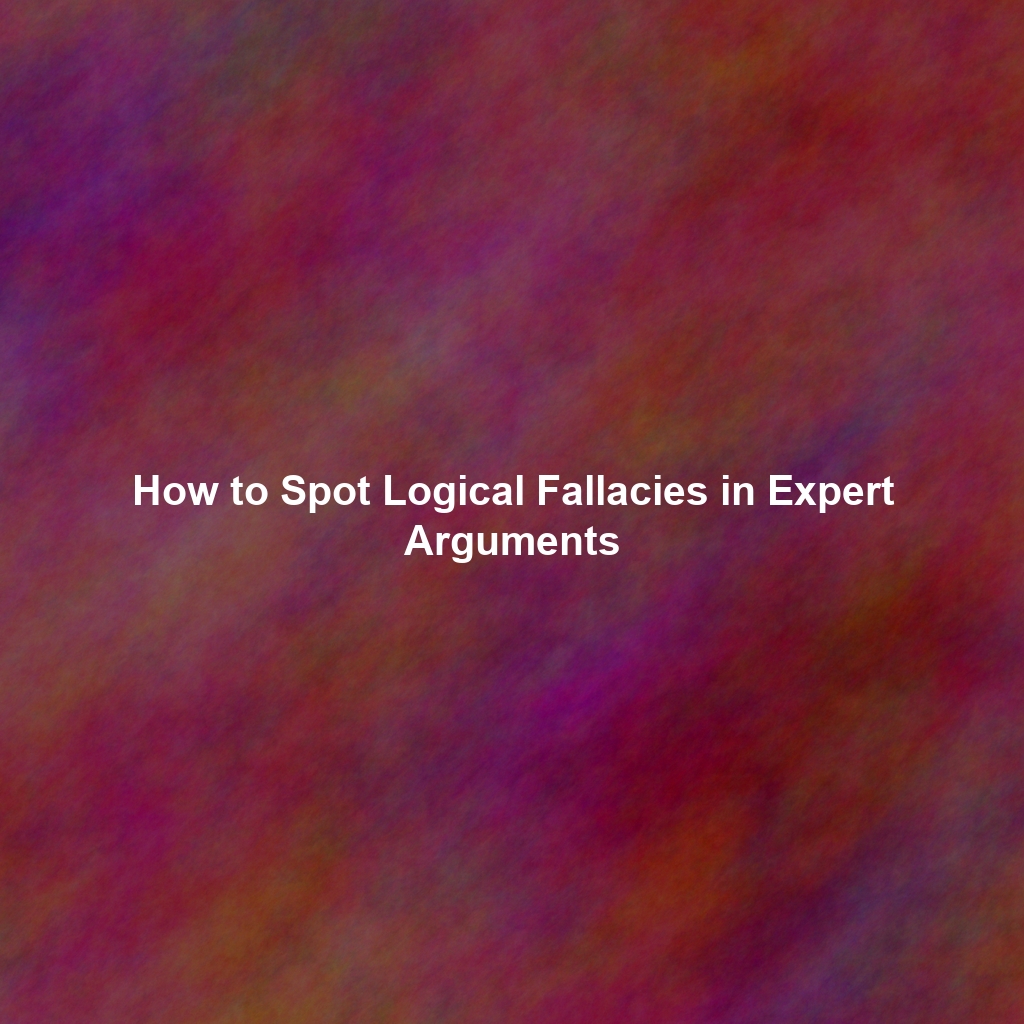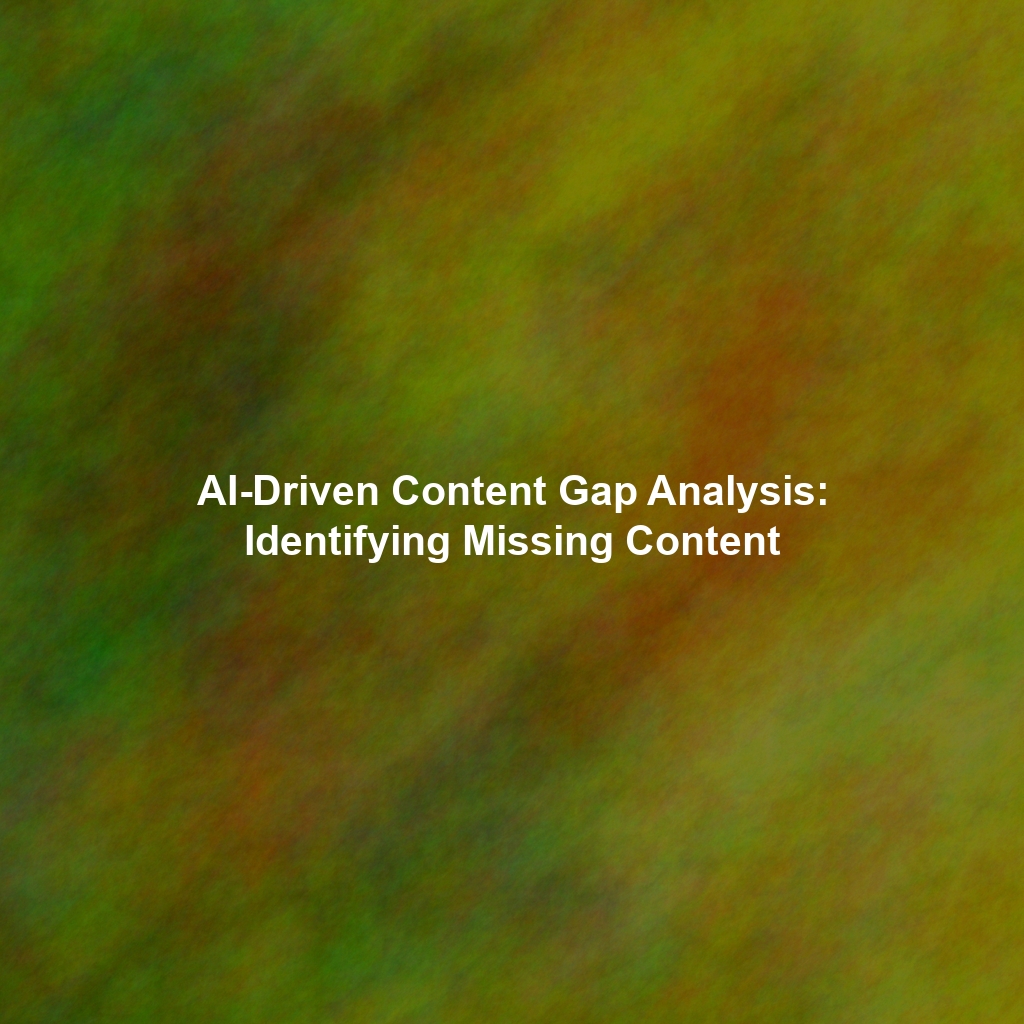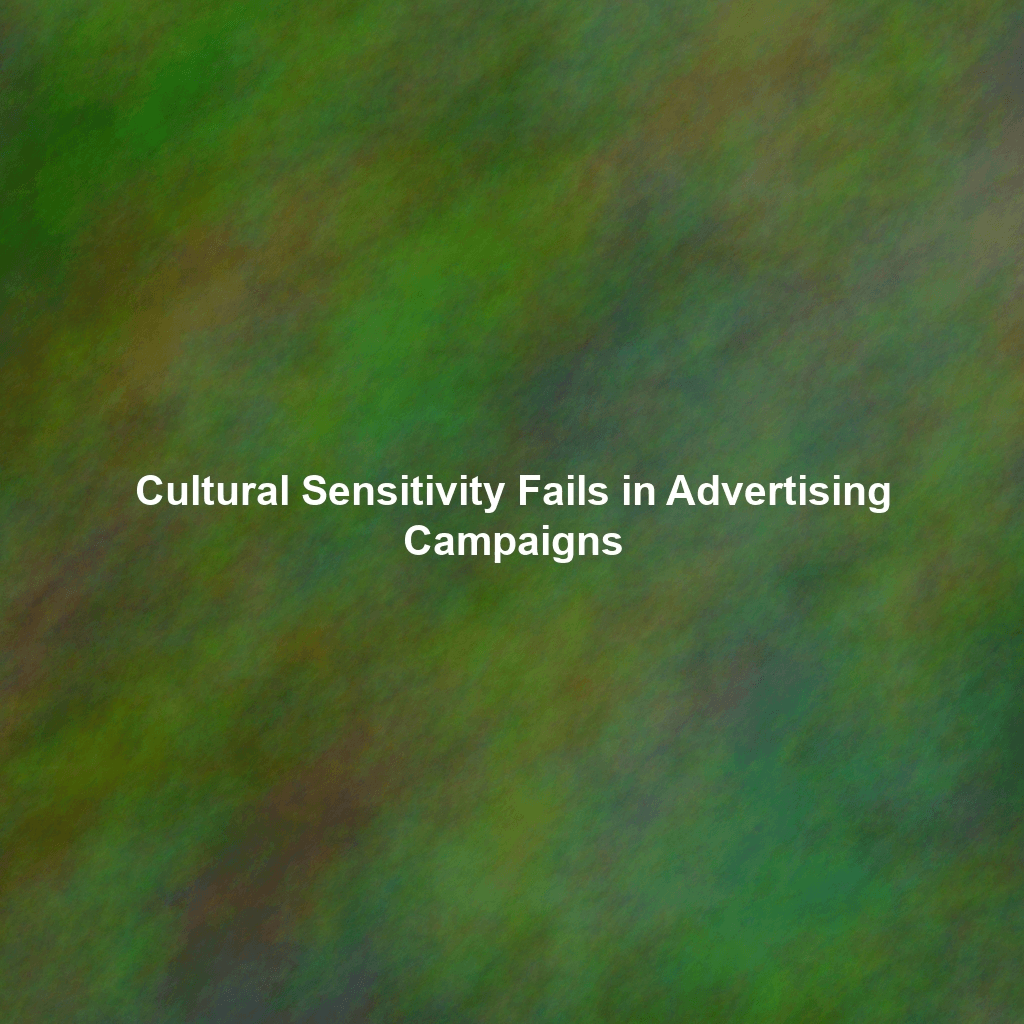The Expert Illusion: Why Authority Doesn’t Guarantee Truth
This article isn’t about dismissing expertise wholesale. Experts are vital for navigating a complex world. Instead, it’s about equipping you with the critical thinking tools necessary to evaluate arguments, regardless of who’s making them. By understanding common logical fallacies, you can move beyond blind faith and make informed decisions, even when faced with seemingly irrefutable pronouncements from “experts.”
What are Logical Fallacies? A Quick Refresher
At their core, logical fallacies are flaws in reasoning that render an argument invalid. They are deceptive because they can often sound convincing, especially when presented by someone with authority. Think of them as potholes on the road to truth; if you’re not paying attention, you’ll drive right into them.
These fallacies are not just about being wrong; they’re about how someone is wrong. They represent fundamental errors in the structure of an argument, making the conclusion unsupported by the premises, even if the conclusion seems plausible.
Common Logical Fallacies in Expert Arguments
Here are some of the most frequently encountered logical fallacies you’ll find lurking in the arguments of even the most esteemed experts:
1. Appeal to Authority (Argumentum ad Verecundiam)
This is perhaps the most obvious, yet surprisingly pervasive, fallacy. It occurs when an argument relies solely on the authority of an expert to prove a point, without providing any actual evidence or reasoning.
Example: “Dr. X, a Nobel laureate in physics, says that Y is true. Therefore, Y must be true.”
Why it’s a fallacy: While Dr. X’s expertise in physics is undeniable, it doesn’t automatically make them an authority on every subject. Even within their field, Dr. X could be mistaken, biased, or simply presenting an opinion. The argument needs supporting evidence, not just a name drop.
How to spot it: Look for claims that are supported only by the assertion that an expert believes them, without any further justification. Ask yourself: “Is this expert actually qualified to speak on this specific issue? Is there any other evidence to support this claim?”
2. Ad Hominem
This fallacy attacks the person making the argument rather than the argument itself. It’s a classic distraction technique designed to discredit the speaker and, by extension, their claims.
Example: “You can’t trust Professor Z’s research on climate change because he’s a known liberal activist.”
Why it’s a fallacy: Professor Z’s political views are irrelevant to the validity of his research. The argument needs to address the methodology, data, and conclusions of the research itself, not the personal characteristics of the researcher.
How to spot it: Be wary of arguments that focus on the speaker’s character, motives, or affiliations instead of addressing the actual substance of their claims. Ask yourself: “Does this attack actually undermine the argument itself, or is it just a personal jab?”
3. Straw Man
This fallacy involves misrepresenting an opponent’s argument to make it easier to attack. It’s like building a straw man (a weak, easily defeated effigy) and then triumphantly knocking it down, pretending you’ve defeated the real argument.
Example: “Scientist A argues for stricter regulations on carbon emissions. But what they really want is to shut down all businesses and destroy the economy!”
Why it’s a fallacy: The argument misrepresents Scientist A’s position. Stricter regulations don’t necessarily equate to shutting down all businesses. This distorted version is then attacked, rather than the actual argument.
How to spot it: Pay close attention to whether the argument being attacked is a fair and accurate representation of the original claim. Ask yourself: “Is this actually what the person said, or is it a distorted version of their argument?”
4. False Dilemma (False Dichotomy)
This fallacy presents a situation as having only two possible options, when in reality, there are more. It forces a choice between two extremes, ignoring the possibility of middle ground or other alternatives.
Example: “We either invest heavily in renewable energy, or we resign ourselves to the destruction of the planet.”
Why it’s a fallacy: This ignores other potential solutions, such as improving energy efficiency, developing new technologies, or implementing a combination of approaches. It unfairly limits the scope of the discussion.
How to spot it: Watch out for “either/or” statements that oversimplify complex issues. Ask yourself: “Are these really the only two options available? Are there other possibilities being ignored?”
5. Bandwagon Fallacy (Argumentum ad Populum)
This fallacy assumes that something is true or good simply because many people believe it or are doing it. It appeals to popularity rather than providing actual evidence.
Example: “Everyone is investing in cryptocurrency, so it must be a smart investment.”
Why it’s a fallacy: Popularity doesn’t equal accuracy or wisdom. The fact that many people are doing something doesn’t make it inherently right or a good idea. Investment decisions should be based on research and analysis, not herd mentality.
How to spot it: Be skeptical of arguments that rely solely on the popularity of an idea or action. Ask yourself: “Is there any actual evidence to support this claim, or is it just based on what everyone else is doing?”
6. Hasty Generalization
This fallacy draws a conclusion based on insufficient evidence or a small sample size. It jumps to a broad generalization without proper justification.
Example: “I met two rude economists. Therefore, all economists are rude.”
Why it’s a fallacy: Two economists are not representative of the entire profession. A larger and more representative sample is needed to draw any meaningful conclusions about the behavior of economists in general.
How to spot it: Look for conclusions that are based on limited experiences or anecdotal evidence. Ask yourself: “Is there enough evidence to support this generalization? Is the sample size large enough to be representative?”
7. Post Hoc Ergo Propter Hoc (After This, Therefore Because of This)
This fallacy assumes that because one event happened after another, the first event must have caused the second. It confuses correlation with causation.
Example: “After the new mayor took office, crime rates decreased. Therefore, the new mayor is responsible for the decrease in crime.”
Why it’s a fallacy: There could be many other factors that contributed to the decrease in crime, such as changes in policing strategies, economic conditions, or demographics. Simply because the decrease happened after the mayor took office doesn’t prove causation.
How to spot it: Be wary of arguments that assume a causal relationship based solely on temporal order. Ask yourself: “Could there be other factors that contributed to this outcome? Is there any actual evidence of a causal link?”
8. Slippery Slope
This fallacy argues that one action will inevitably lead to a series of negative consequences, without providing sufficient evidence to support the claim. It’s often used to scare people away from a particular course of action.
Example: “If we legalize marijuana, then eventually we’ll legalize all drugs, and society will collapse.”
Why it’s a fallacy: There’s no logical reason to assume that legalizing marijuana will automatically lead to the legalization of all drugs and the collapse of society. This is an exaggeration based on unsubstantiated speculation.
How to spot it: Look for arguments that predict a chain of negative consequences without providing sufficient evidence to support each step in the chain. Ask yourself: “Is there any actual reason to believe that one action will inevitably lead to all these negative outcomes?”
9. Confirmation Bias
While not strictly a logical fallacy in the same vein as the others, confirmation bias is a powerful cognitive bias that can lead experts (and everyone else) to cherry-pick evidence that supports their existing beliefs while ignoring or downplaying contradictory evidence. This can result in arguments that appear logically sound on the surface but are fundamentally flawed due to the selective use of information.
Example: An economist who believes in a particular economic theory might only cite studies that support that theory, while ignoring studies that contradict it.
Why it’s problematic: It leads to a distorted view of reality and prevents open-minded evaluation of different perspectives. It can reinforce flawed beliefs and lead to poor decision-making.
How to spot it: Be aware of the potential for confirmation bias in any argument, especially when it comes from someone with strong pre-existing beliefs. Look for balanced presentations of evidence that consider different viewpoints. Ask yourself: “Is this person presenting a full picture of the evidence, or are they only highlighting information that supports their pre-existing beliefs?”
Sharpening Your Critical Thinking Skills: Beyond Fallacy Detection
Learning to identify logical fallacies is a crucial step in becoming a more discerning consumer of information. However, it’s just one piece of the puzzle. Here are a few additional strategies to enhance your critical thinking abilities:
- Be aware of your own biases: Everyone has biases, whether they realize it or not. Recognizing your own biases can help you approach arguments with a more open mind.
- Seek out diverse perspectives: Don’t rely solely on information from a single source or perspective. Actively seek out alternative viewpoints to get a more complete picture.
- Question assumptions: Identify the underlying assumptions in any argument and ask yourself whether those assumptions are valid.
- Demand evidence: Don’t accept claims at face value. Always ask for evidence to support assertions.
- Practice active listening: Pay close attention to what others are saying and try to understand their perspective, even if you disagree with them.
Conclusion: Becoming a Savvy Consumer of Expertise
The ability to spot logical fallacies in expert arguments is a vital skill in today’s information-saturated world. By understanding these common errors in reasoning, you can move beyond blind faith and evaluate claims based on their merits, rather than the authority of the speaker. Remember, expertise is valuable, but it’s not a substitute for critical thinking. By cultivating your own critical thinking skills, you can become a more informed and empowered individual, capable of navigating complex issues and making sound decisions, even when faced with the pronouncements of supposed “experts.” So, go forth, question everything, and never stop learning!
 Skip to content
Skip to content

